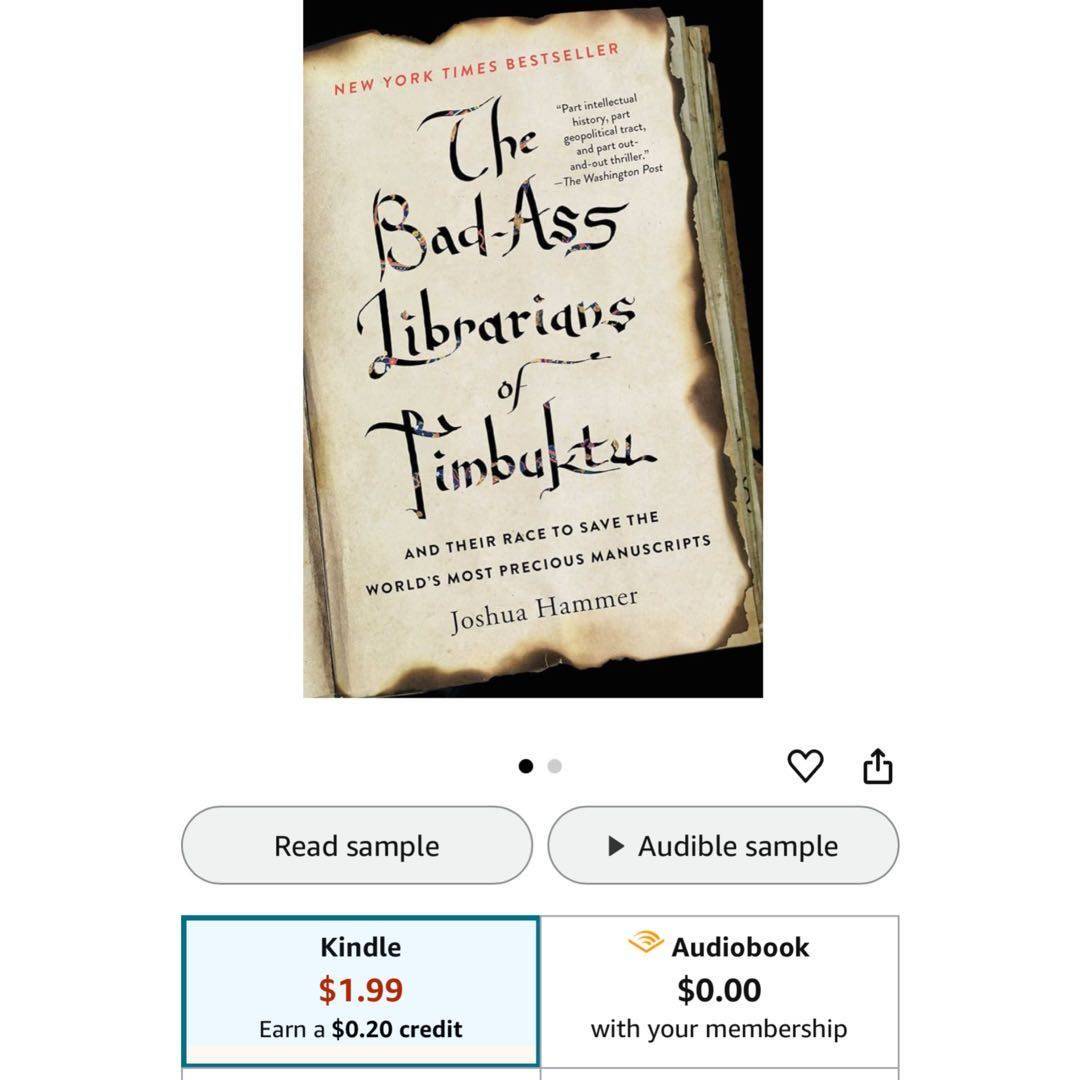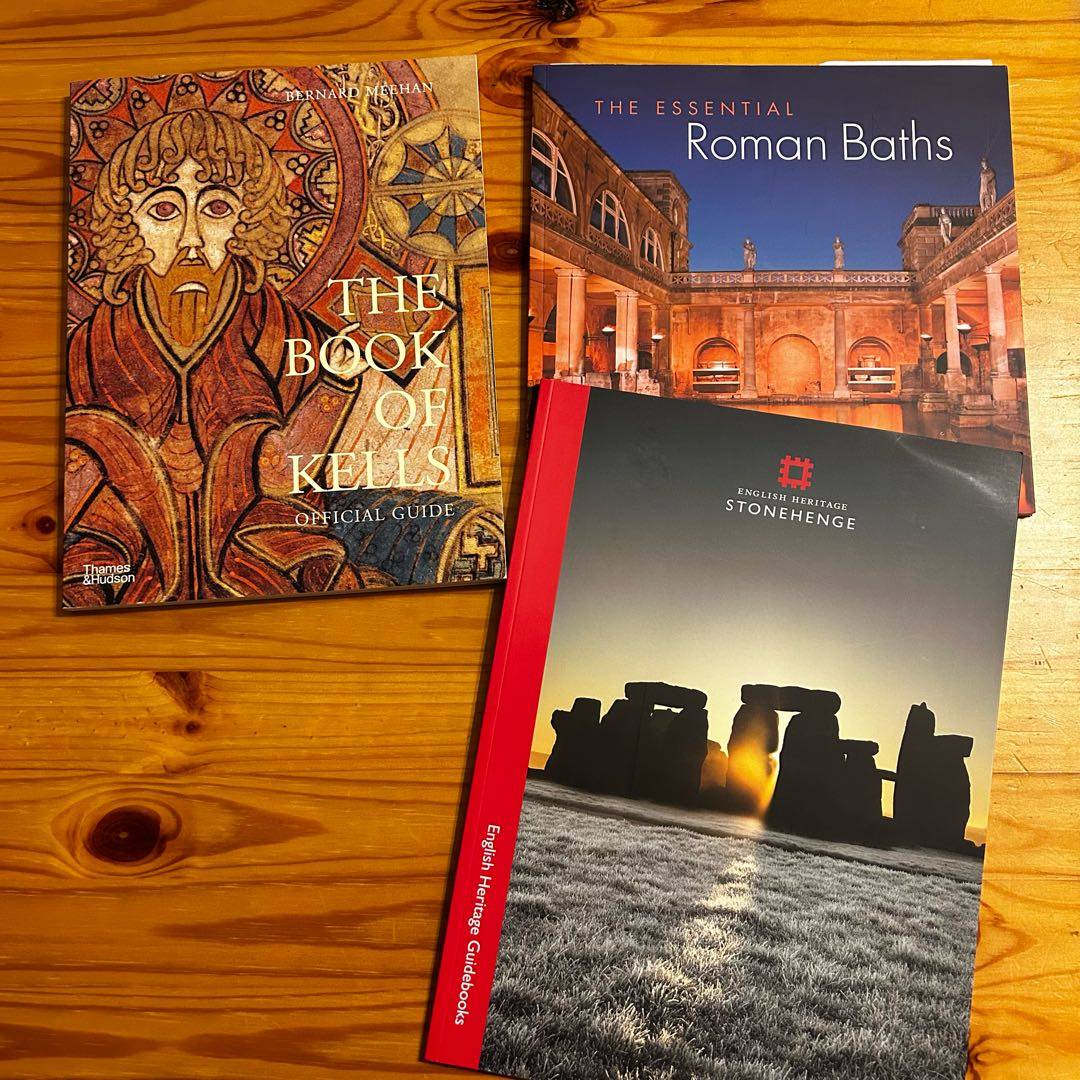Very satisfying read, though veeery long. The colour illustrations are amazing, and the selections of significant figures involved with manuscripts mostly interesting (though I still think someone like Christine de Pizan should've figured).
Very satisfying read, though veeery long. The colour illustrations are amazing, and the selections of significant figures involved with manuscripts mostly interesting (though I still think someone like Christine de Pizan should've figured).
I wish this wasn't almost all dudes. I know *why* it is almost all dudes, though I would argue that at the very minimum Christine de Pizan would've been a good addition.
Looking forward to the chapter on Belle Da Costa Greene, about whom I know almost nothing.
I think I need to set daily goals for this one, it's such a chonker! I love the in-line colour illustrations, though; I've been seeing that more often in books in the last couple years, but it's still so good.
Lots of illustrations, actually in colour too despite being in-line rather than those glossy sheafs of inserted images. I didn't love the snippets of fiction introducing each chapter; I understand their utility for some, but ugh, just get to the facts!
Most interesting fact: we don't think there really was an individual “scriptorium“ in most institutions. Book production probably just happened in cloisters.
Pre-exam brain is not making much headway with this right now, even though I find non-fiction soothing. Lots of history of Christianity, so far, which is pretty inevitable.

Ebook on sale today. It works for #Algeria in November (plan ahead!) for #foodandlit. I for one am looking forward to finally reading this one that‘s been on my tbr list a long time!
@Catsandbooks

Who else buys the guidebooks to tourist attractions? I can‘t help myself when I love the visit.